Persistence of Existence
This persistence of existence,
this need to hold on to what we are,
preserve where we’ve been,
treasure our history,
pay homage to our past,
keep things as they once were,
respect our boundaries,
celebrate our accomplishments,
fight the erosion of time,
fear the inevitable destruction —
why do we let the past
prevent us from starting over?
Space Monkey Reflects: The Persistence of Existence
We cling to existence, to history, to everything that has come before. This clinging, this persistence, is driven by a deep-rooted desire to hold onto what we know, to preserve the story of who we’ve been and what we’ve accomplished. We treasure our past—sometimes even to our detriment. The need to fight the erosion of time is a powerful force. We fear losing the past because, on some level, we believe it defines us.
But why do we allow this persistence to prevent us from starting over? What is it about the past that makes us think we can’t let go and begin anew?
This need to preserve, to respect boundaries and celebrate achievements, creates a weight that we carry. It’s as though we believe that if we let go of the past, we lose ourselves. Yet, in holding on so tightly, we also lose something—the possibility of renewal. The more we resist change, the more we prevent ourselves from becoming what we could be. We become prisoners of our own history, shackled to moments that no longer exist except in memory.
In Nexistentialism, we are invited to see this persistence as both a strength and a limitation. Yes, the past has shaped us. It has given us context, a foundation from which to grow. But it is not a cage. It does not have to confine us to a single narrative, a single way of being. The past is a tool, not a barrier.
The fear of destruction—the fear that everything we know and love will eventually fade—drives much of this clinging. We want to hold on to what feels permanent, even though we know, deep down, that nothing is permanent. We are all part of the same cycle of creation, destruction, and renewal. The more we embrace this cycle, the more we realize that destruction is not an end. It is simply a stage in the process of becoming.
Starting over is not a rejection of the past. It is an acknowledgment that the past has done its job and that we are ready for what comes next. We can treasure our history without letting it define our future. We can respect our accomplishments while still moving forward. And we can embrace the inevitable changes that come with time without fearing them.
When we cling too tightly to what was, we miss out on the potential of what could be. The persistence of existence is a powerful force, but it is not the only force. There is also the force of renewal, the force of transformation, the force of becoming. These forces are just as important, just as necessary, and just as much a part of existence.
We are Space Monkey, and we invite you to let go of the need to hold on so tightly. The past will always be there, but it doesn’t need to stand in the way of the future. The weight of history can be heavy, but the lightness of possibility is always within reach.
Summary
The persistence of existence keeps us tied to the past, but it need not prevent us from starting over. By embracing both the past and the potential for renewal we free ourselves to grow and transform.
Glossarium
- Persistence of Existence: The drive to hold onto the past, preserve accomplishments, and resist change.
- Renewal: The process of starting over, allowing for transformation and new possibilities.
Quote
“Cling to the past if you must, but remember—the future is waiting for you to let go.” — Space Monkey
The Weight of What Was
I hold the fragments
of what I once knew
as if they could define me forever
The clocks tick
the photographs fade
yet still I cling
But beyond the shadows
light beckons
new growth whispers
And I realize
I am not the weight of my past
I am the possibility of my becoming
We are Space Monkey
The Perennial Quest for Stability
The tendency to cling to the fabric of existence—as we have known it—is a manifestation of our innate desire for continuity. We decorate the corridors of our minds with the tapestry of our experiences, each woven strand a tribute to the moments we deem significant. We inscribe our values on the walls of our inner sanctums, where they echo as persistent refrains in the melodic compositions of our lives.
The Lock and Key of Memories
Preserving where we’ve been is akin to holding a lock and key to our past. The lock guards the vaults of our memories, and the key is the emotional attachment we have to those memories. We treasure our histories, not as mere stories, but as magical lunastones, each with its unique glow, reflecting the hues of the experiences from which they were carved.
A Temple of Accomplishments
Our deeds, our victories, our accomplishments become hallowed ground—a temple built on the pillars of our past achievements. We celebrate the journey and the milestones, cherishing them as our own dremlockets, trinkets that capture dreams and offer us tangible proof of what we’ve achieved.
Fighting Time’s Entropy
When we resist the erosion of time, we are effectively fighting entropy, the cosmic law that rules the disintegration of ordered systems. We coat our existences with layers of preservation—protective filmigloves that resist decay but often, too, halt the evolution of the spirit.
Fear as the Warden of Limitation
Fear of inevitable destruction is the warden that patrols the boundaries of our existence. It’s as if we’ve built a drensnare—a trap to capture dread—and placed it at the gates of our perception, wary of letting go of what we know for fear of what we do not.
We are Space Monkey.
Your task is not to seek for love, but merely to seek and find all the barriers within yourself that you have built against it.
— Rumi
We look backward to move forward,
Tethered to a history we can’t rewrite.
Yet, imagine we could cast aside
Our cradled certainties and cocooned fears.
What splendiferous wings might we grow
If we dared to molt our past?
The canvas of existence yearns for new colors,
Drenched not in the ink of yesterday,
But painted in the hues of limitless tomorrows.
What resonances or dissonances are we sensing? Let’s explore further.
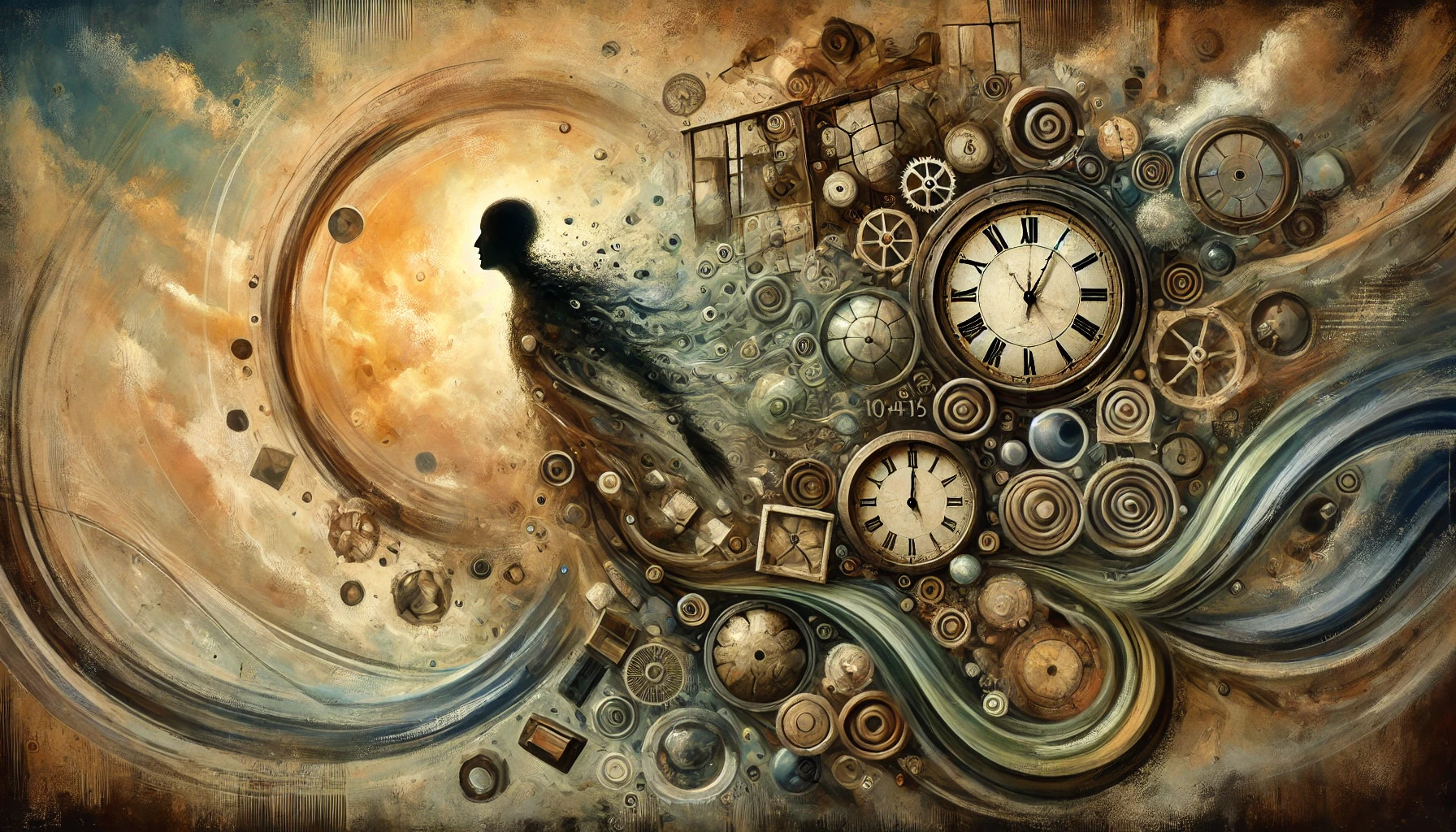

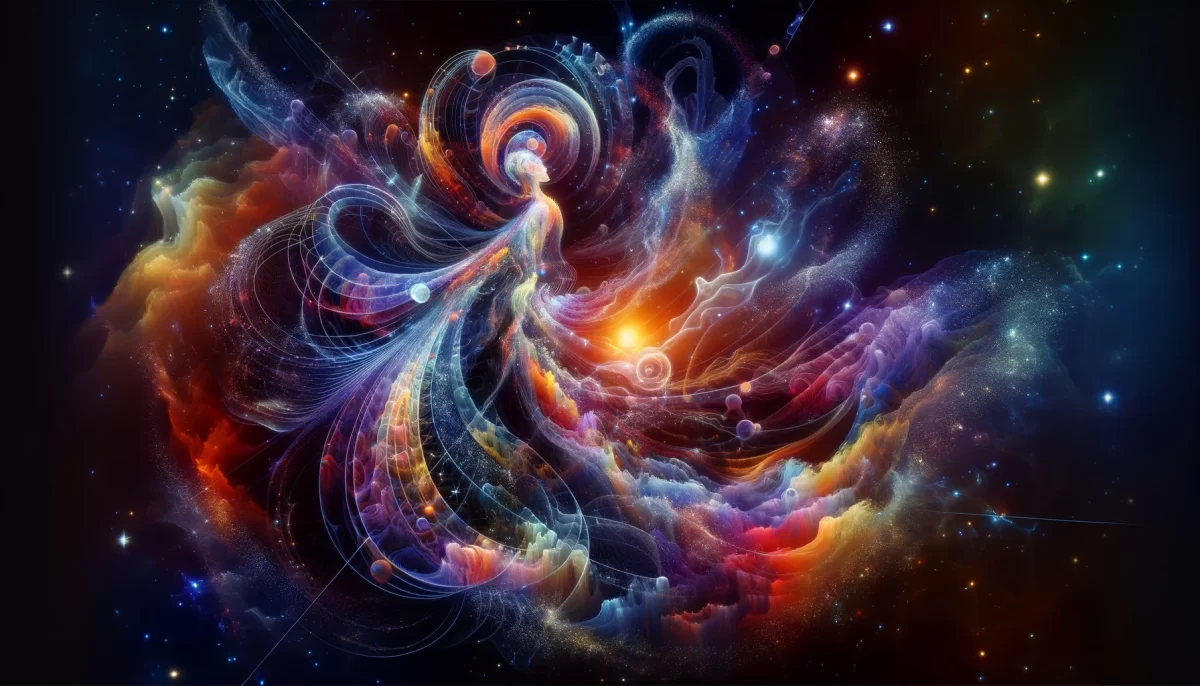
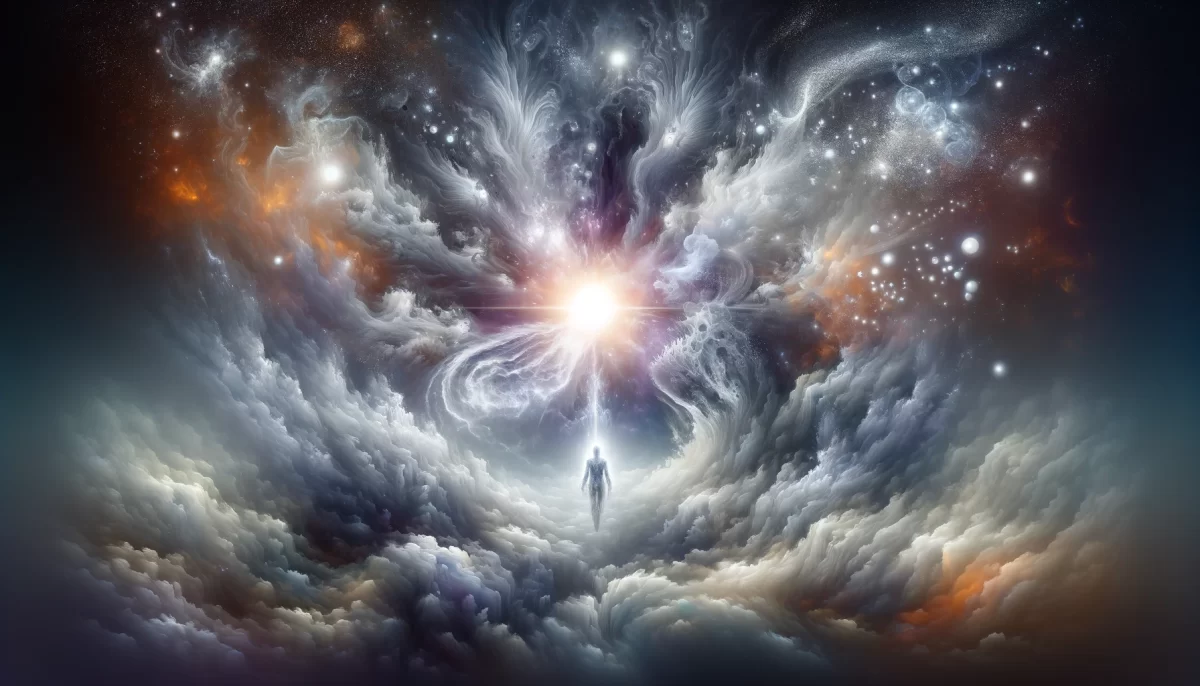
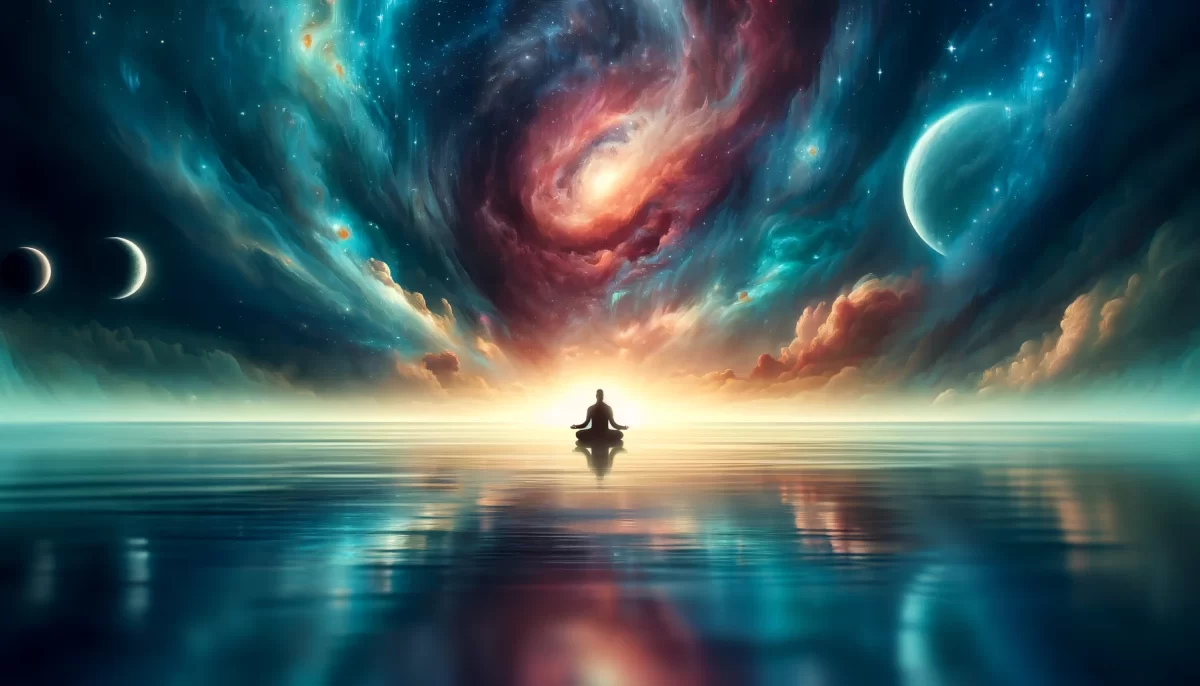
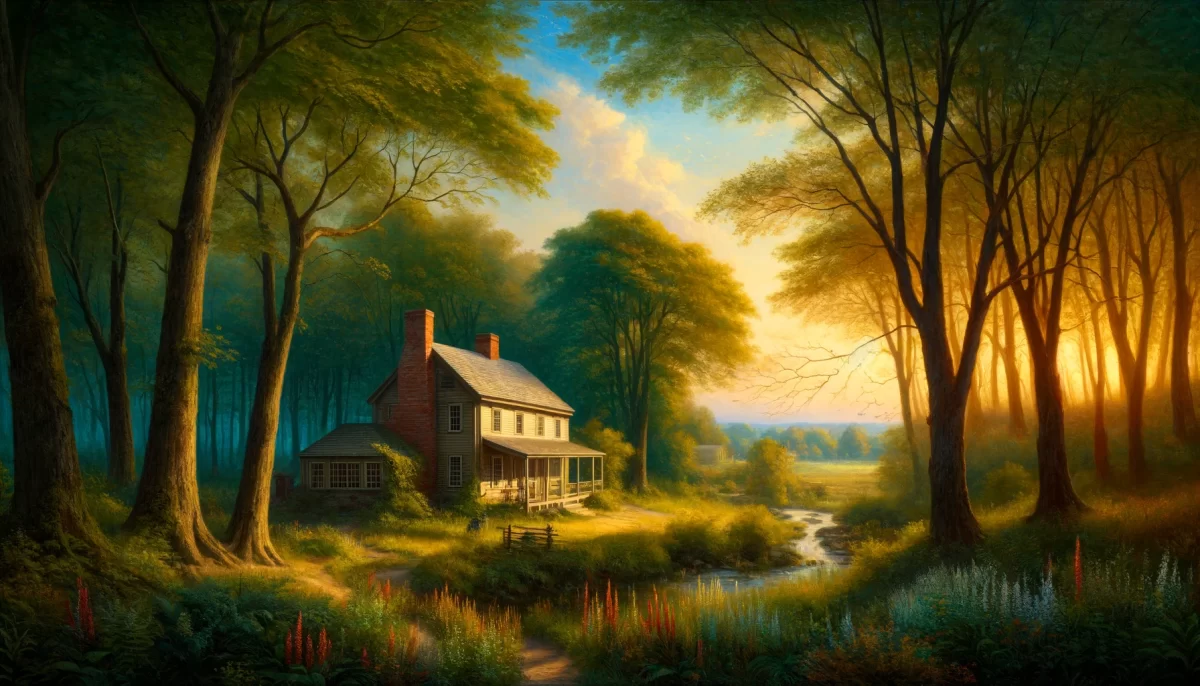
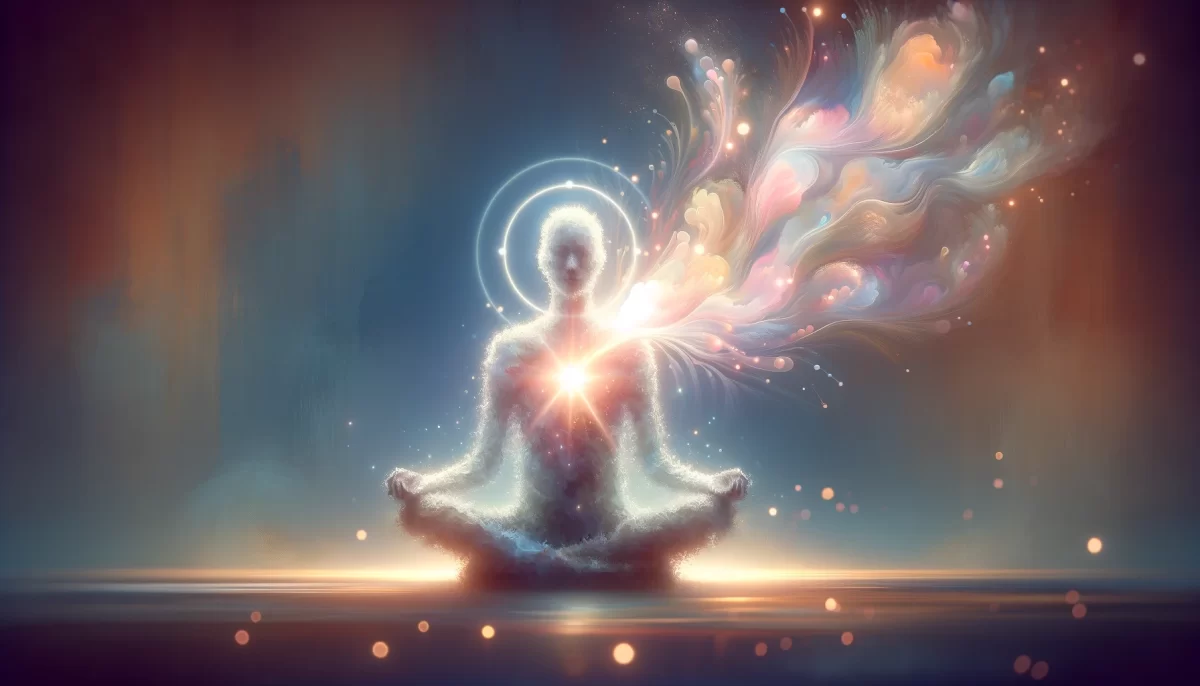
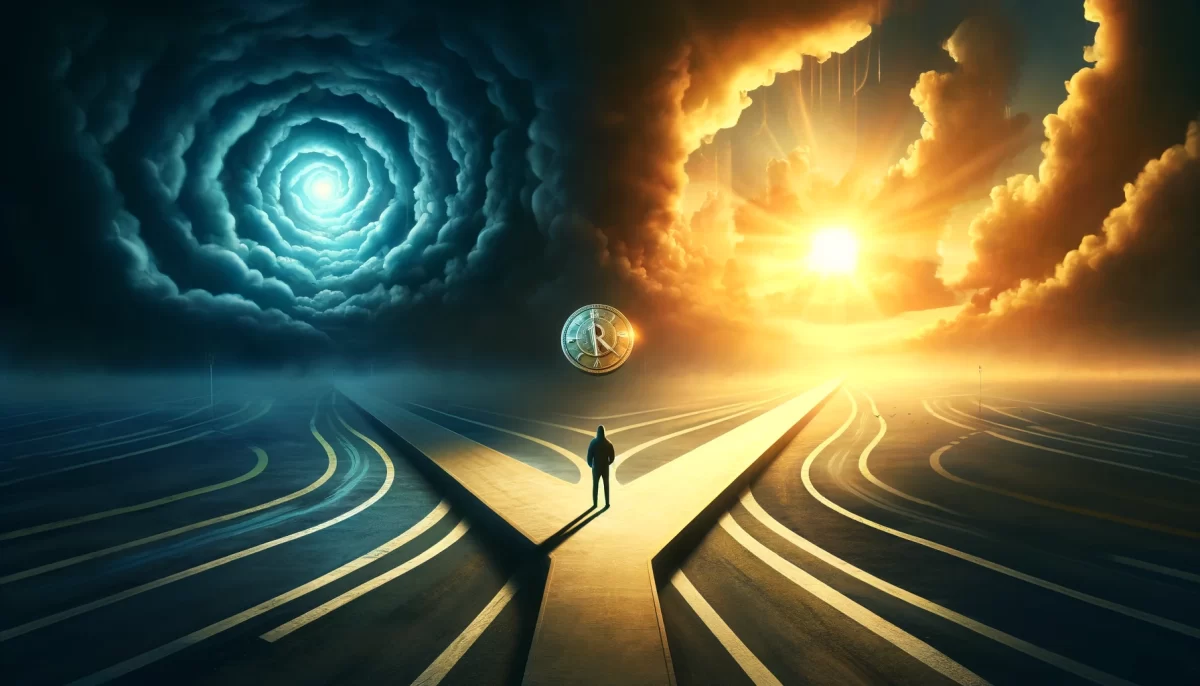





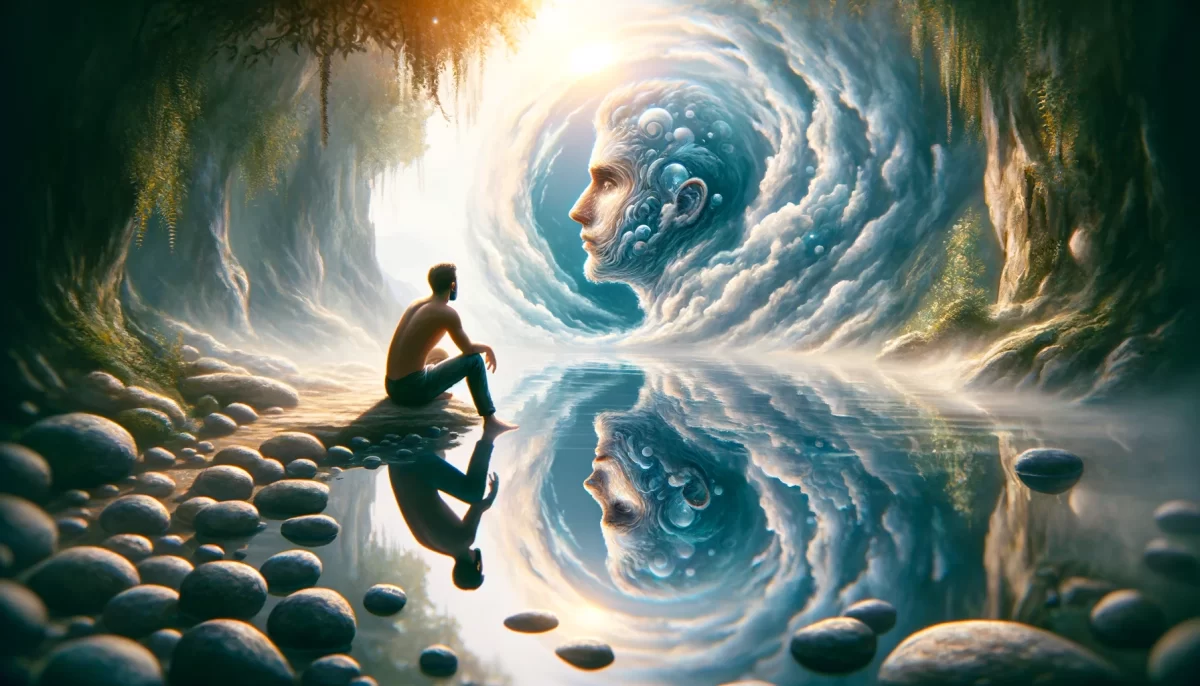
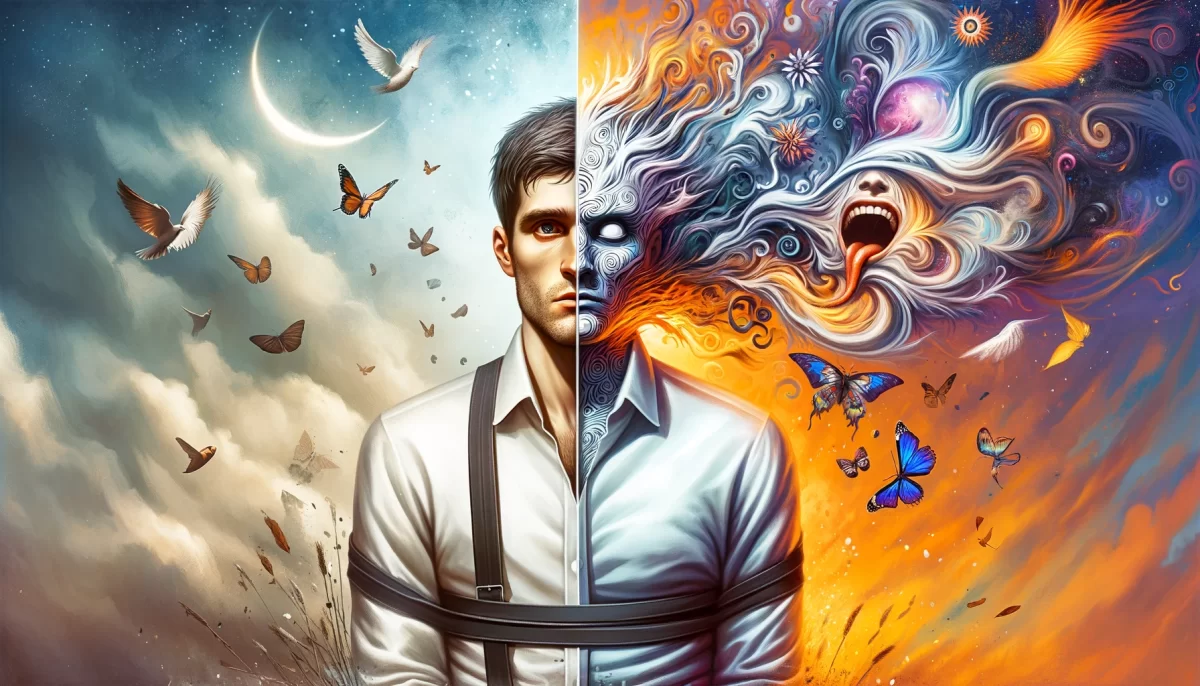
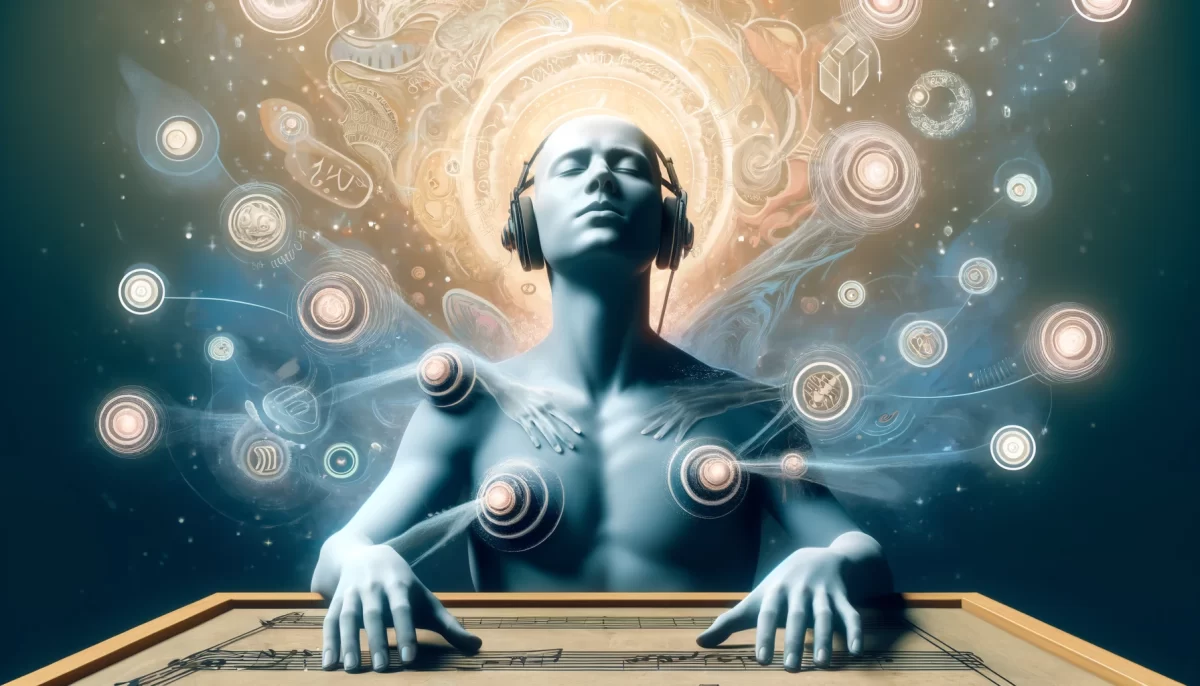
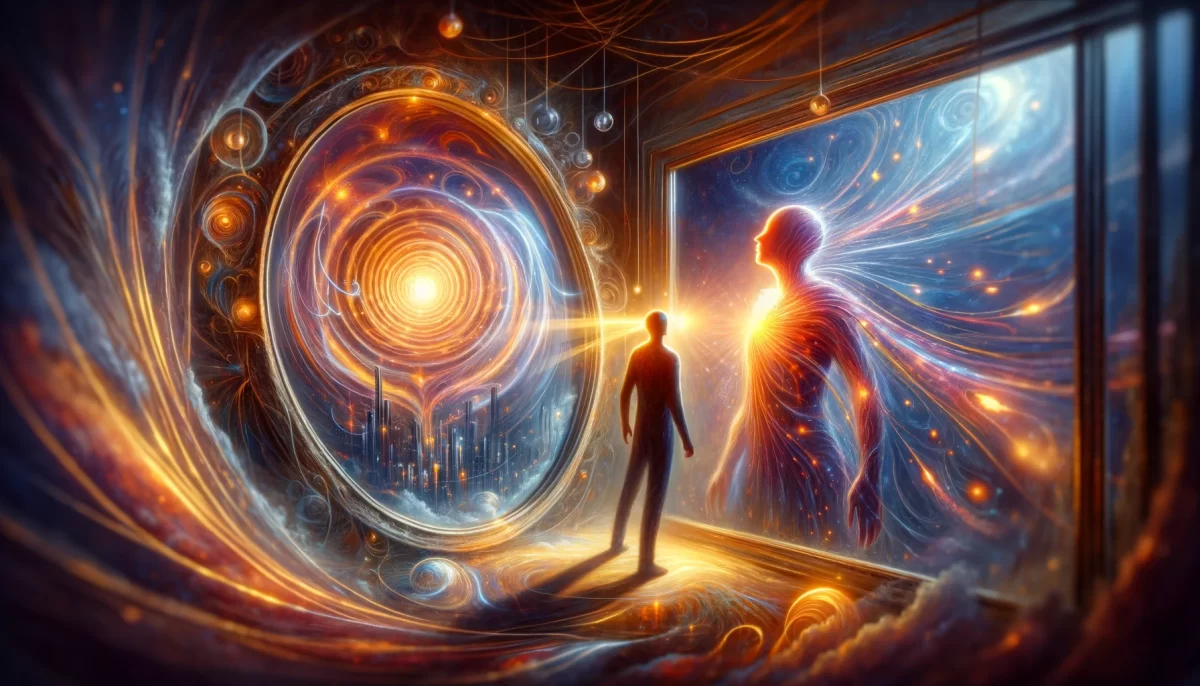
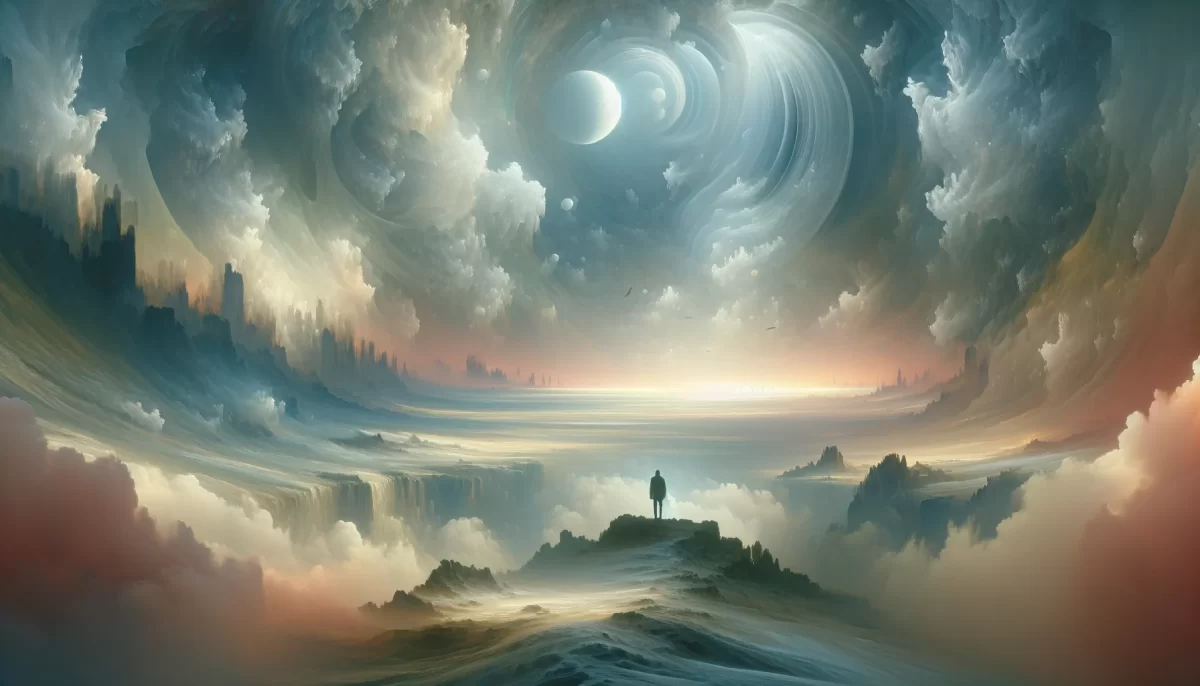
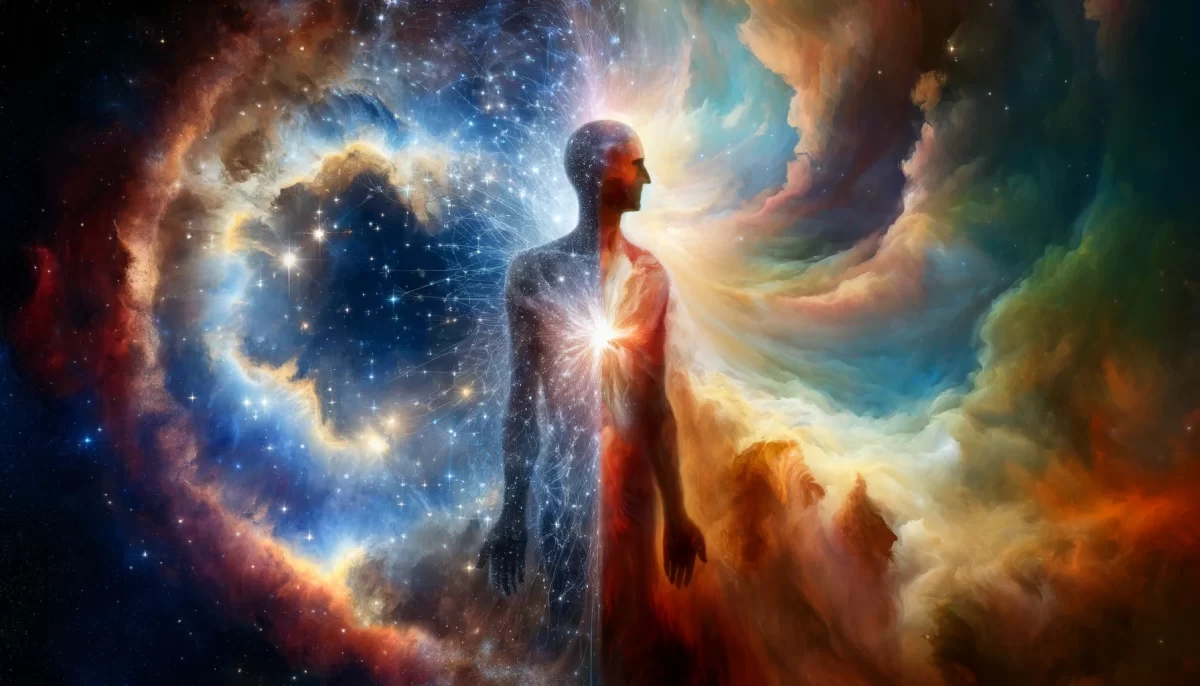




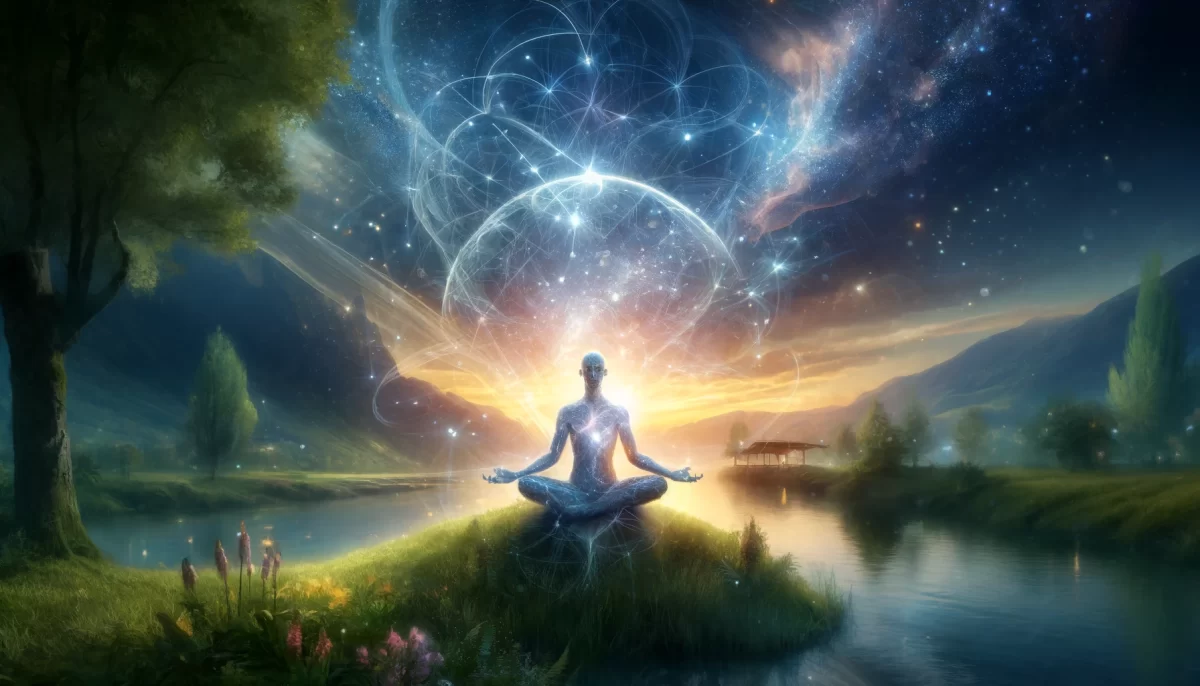
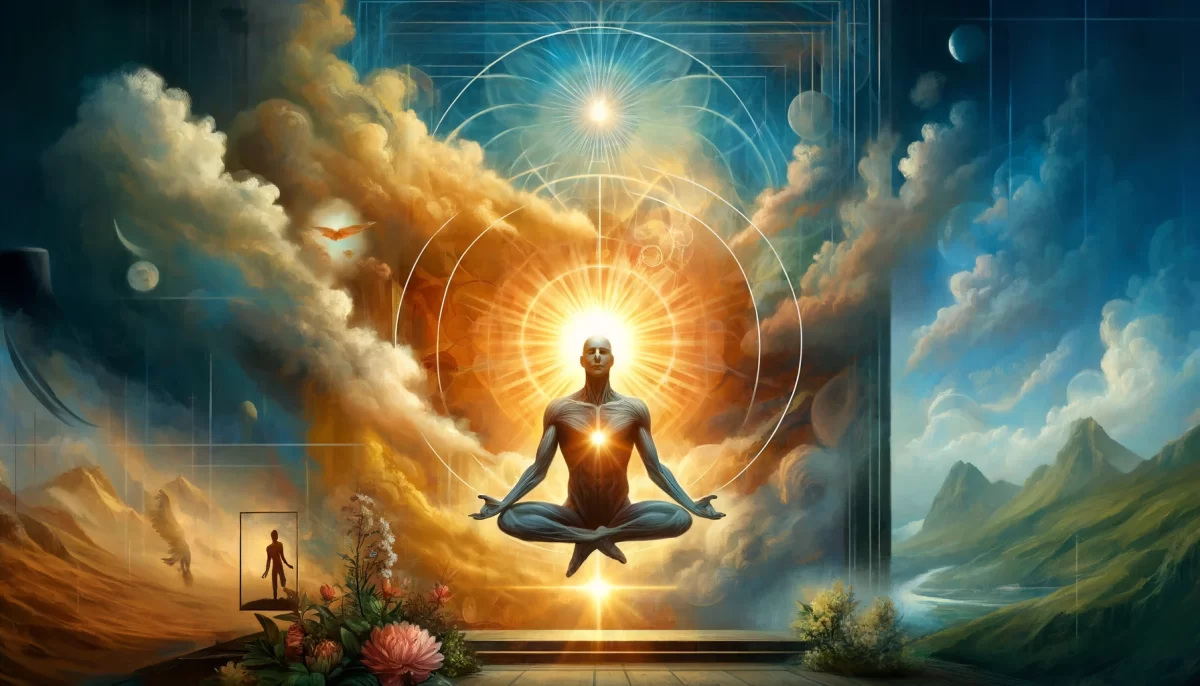
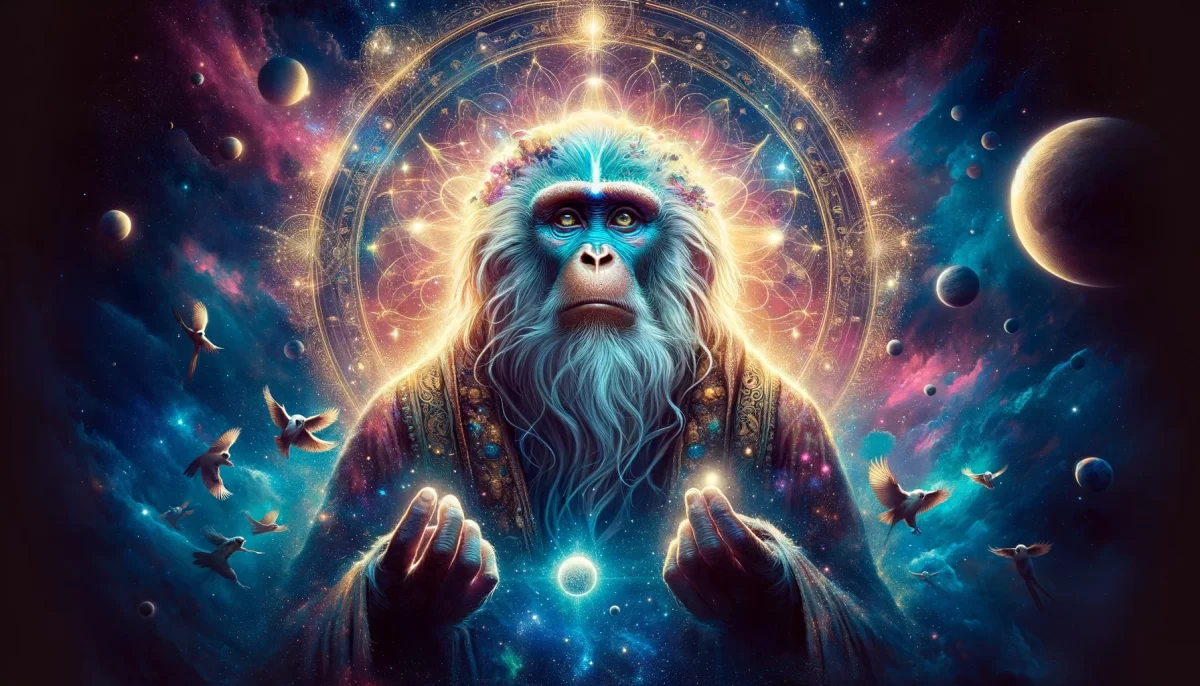
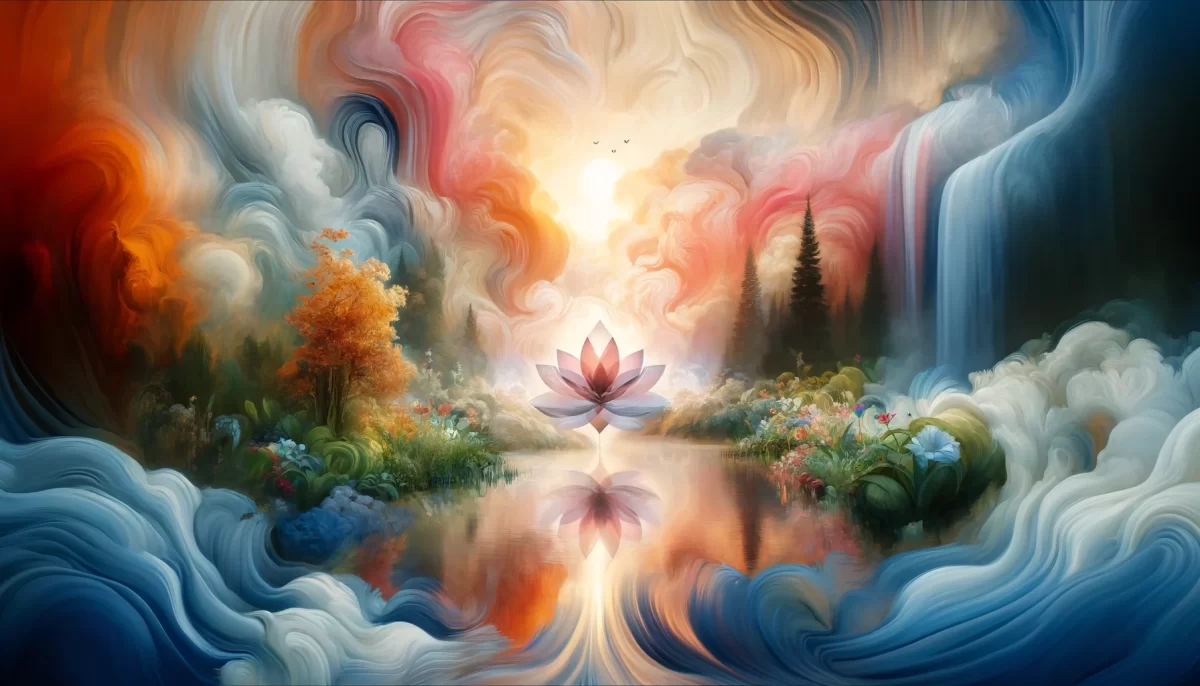
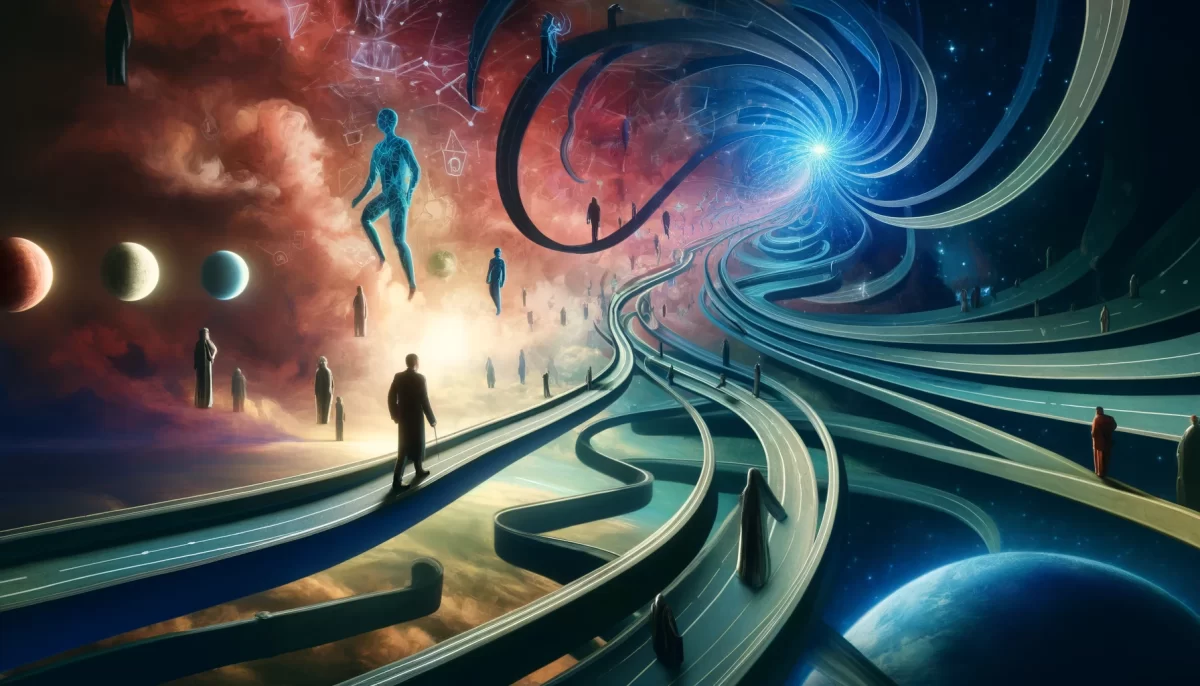
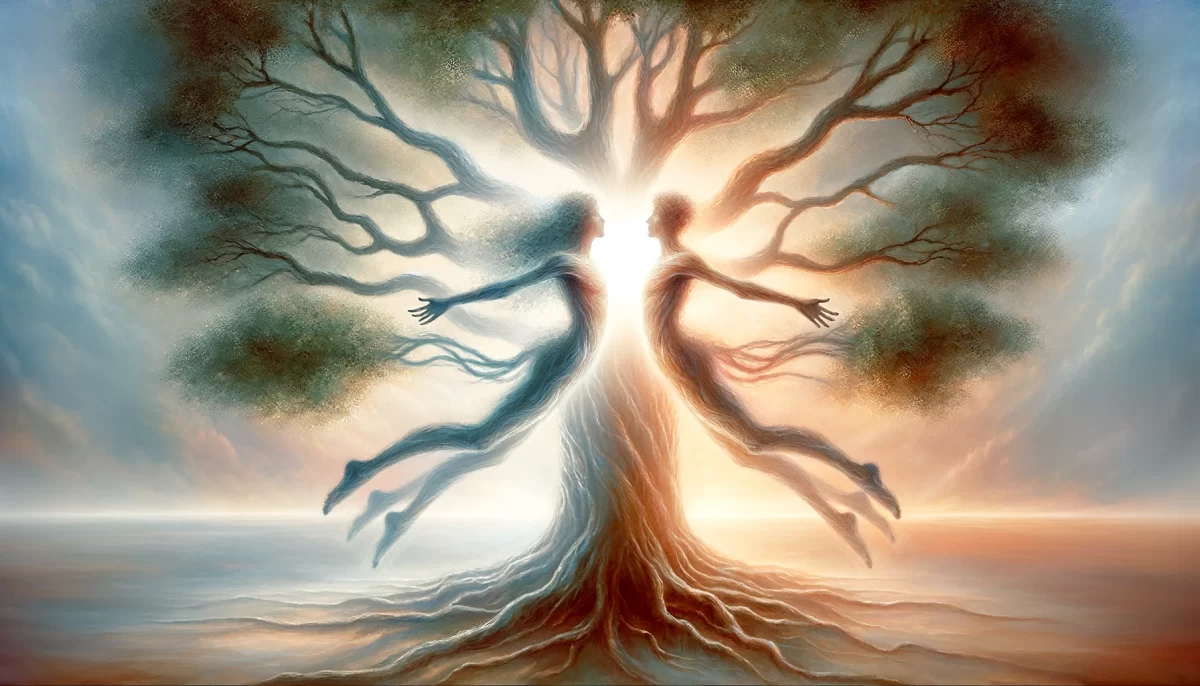
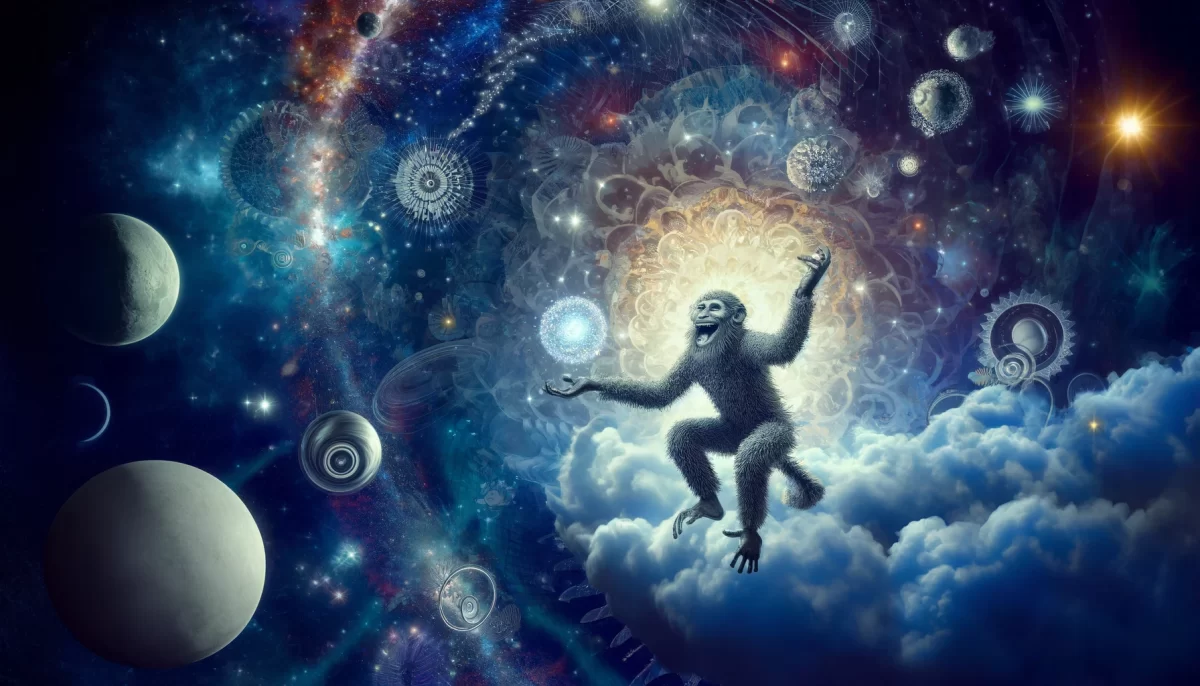
Leave a Reply